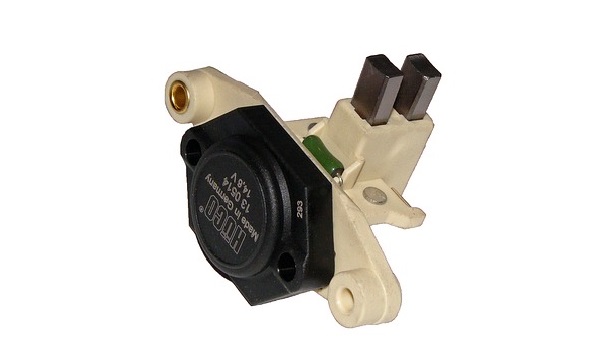Important Things to Consider When Selecting a Voltage Regulator

A voltage regulator maintains a steady output voltage and is useful for many commercial applications, such as generators and emergency power supplies. They draw power from AC mains voltage, batteries or a DC power source. Here are the key factors to look for in choosing a voltage regulator.
Voltage Regulator Function The two primary types of voltage regulators are linear and switching voltage regulators. While linear types reduce voltage with impedance control at the output, switching types, also known as DC-DC converters, have the ability to step voltage up or down with on/off switches. Even though linear regulators are not as efficient, they cost less, while switching regulators are considered higher quality.
Applications of Voltage Regulators Linear voltage regulators are useful for very low noise applications. These regulators do not use switches, which is a key reason they don't make as much noise as switching regulators. Another use for linear regulators is for very low power applications, particularly when output voltage is not much different from input voltage. Linear regulators are also suited for lower cost applications.
One of the reasons that switching regulators are more expensive is that they use an inductor, capacitor and a Schottky diode. Switching regulators are much more universal among electronic devices, partly due to their high efficiency in both up and down of DC voltage. The fact that these regulators turn on and off makes them more efficient. While linear regulators waste power, switching regulators are useful when the thermal performance is a priority.
Performance and Efficiency One of the most important questions to ask concerns the degree to which performance is essential to your needs. It's important to understand how well the regulator converts a noisy input to a stable voltage level. An important metric is accuracy of the output voltage, which indicates changes in temperature. It also measures changes in load current, which is the maximum expected output current.
A regulator's efficiency is represented by a ratio of output power over input power. In linear regulators the distance between the output and the input is limited by the dropout voltage. High efficiency correlates with low dropout voltage.
Conclusion The two types of voltage regulators are linear and switching. While linear regulators work with less expensive electronics, switching regulators are higher end. Other factors that help shape decisions on selecting a voltage regulator involve line regulation, load regulation and transient response.


